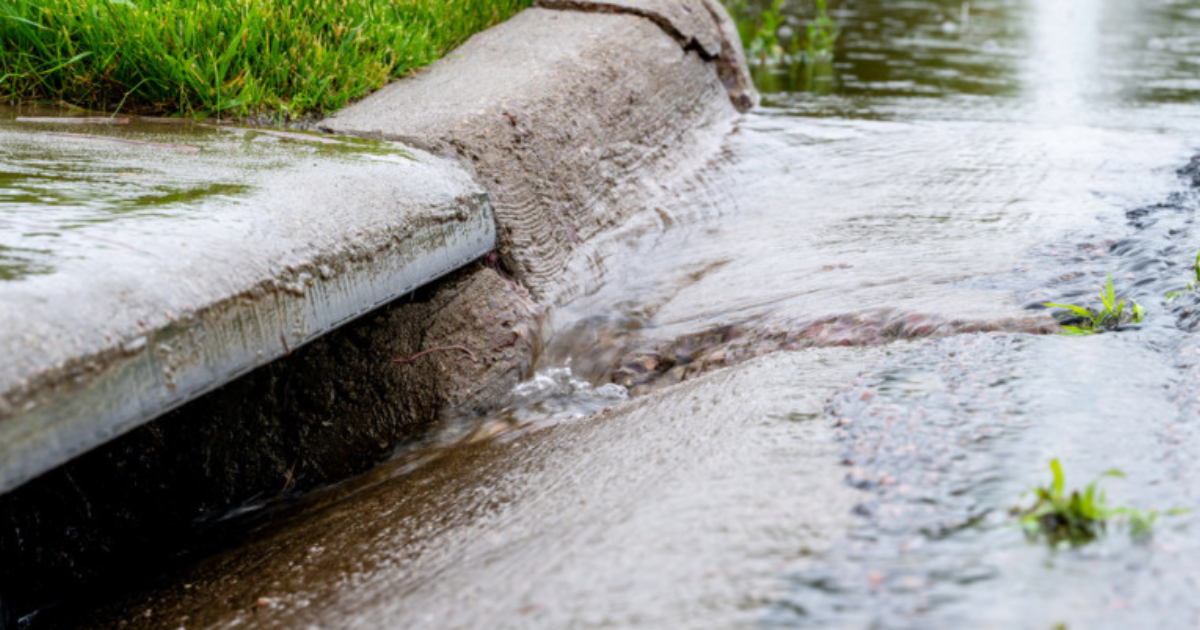Water storage at 20 year high
BARWON Water’s storage levels are at the highest level in 20 years and a majority of the region’s reservoirs and basins are at capacity and spilling over.
Working on Bureau of Meteorology forecasting that predicts a slightly higher chance of above median rainfall for the next three months the water authority reported a “very low risk of water restrictions” over the next two years.
Despite the brimming storages Barwon Water’s acting General Manager Planning, Delivery and Environment Scott Cavanagh said this can change quickly during dry periods and permanent water saving rules remain in place.
“History tells us that without good inflows our water storage levels can fall to low levels within three years.
 “Victoria’s climate and streamflow is highly variable, and within this variability, we have experienced a warming and drying trend over recent decades.
“Victoria’s climate and streamflow is highly variable, and within this variability, we have experienced a warming and drying trend over recent decades.
“The longer term trend is that our catchments are receiving much less rainfall overall and water availability in the Barwon and Moorabool River basins has declined by 11 per cent and 19 per cent respectively since 2005.”
The water authority released a prediction in December last year that said a warming and drying climate combined with a rapidly growing population could see demand for water in the greater Geelong region could outstrip supply by 2029.
“Geelong is the fastest growing city in Australia in the last five years according to Australian Bureau of Statistics (ABS) data – and the challenge of maintaining waterway health during dry periods, we need to be ready to respond to these challenges,” Mr Cavanagh said.
The current abundance will have no impact on water prices either, given they are set every five years and are not up for review until June 30, 2023.

Barwon Water’s online monitoring of storages shows that most of the Geelong regions storages are at, or close to, 100 per cent capacity and are spilling over as a result.
The same applies to Lorne and Colac, and Apollo Bay’s two basins storages are above 98 per cent.
“We will continue to monitor reservoir levels and weather closely, and work with local agencies to share information and plan for any possible impacts due to spilling at our reservoirs,” Mr Cavanagh said.
“Our reservoirs are designed for water supply purposes, not to work as flood mitigation dams… local rainfall together with spillway flows from our reservoirs will contribute to higher flows in waterways.”


















